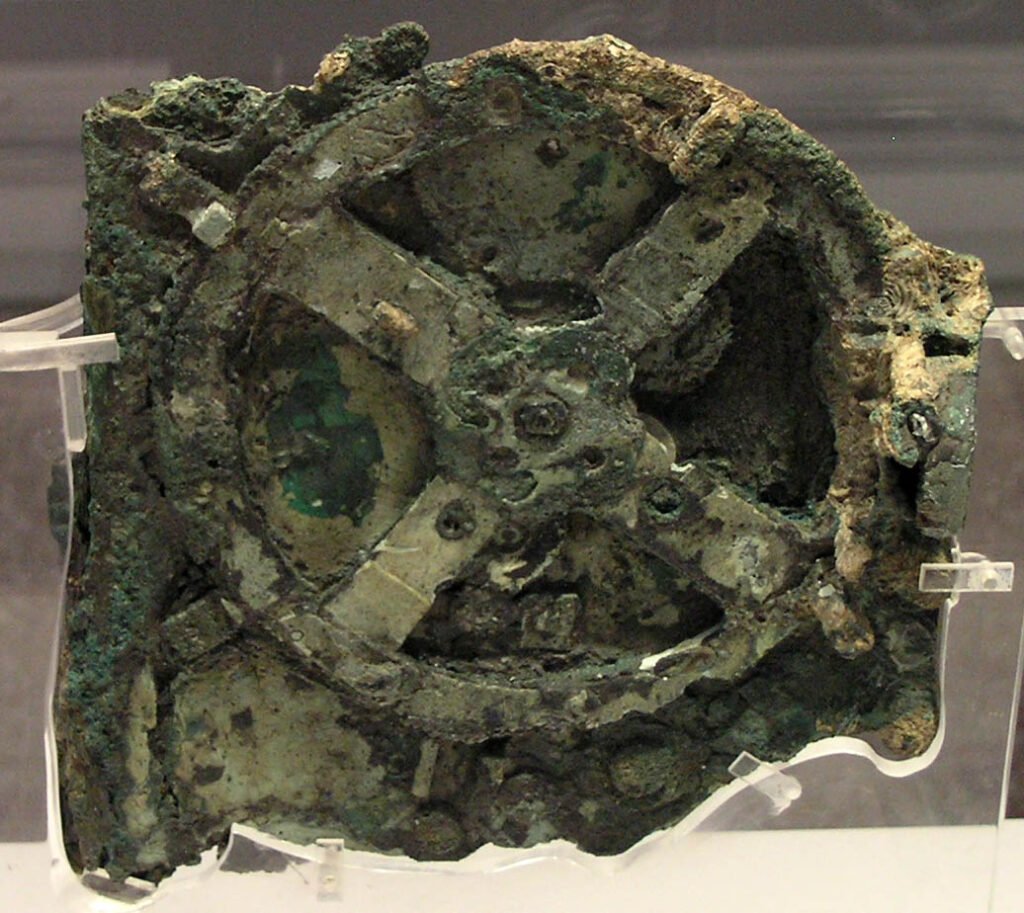You know that feeling when you’re driving through West Texas late at night, and the endless desert makes you question whether civilization even exists anymore? Well, in one remote corner near the small town of Marfa, travelers have been witnessing something that makes them question reality itself. For well over a century, mysterious glowing orbs have been dancing across the horizon, defying explanation and captivating everyone from cowboys to scientists to Hollywood stars.
The phenomenon has sparked countless theories, from the paranormal to the perfectly mundane. Yet despite decades of scientific investigation and modern technology, these elusive lights continue to mystify researchers and enchant visitors from around the world. So let’s dive into the heart of this West Texas mystery and explore what might really be lurking in the darkness.
The First Recorded Encounters: Cowboys and Campfires

The first historical record of the Marfa lights was in 1883 when a young cowhand, Robert Reed Ellison, saw a flickering light while he was driving cattle through Paisano Pass and wondered if it was the campfire of the Apache. Picture this sixteen-year-old cowboy, exhausted from a long day of herding cattle, suddenly noticing an unexplained glow in the distance.
Other settlers told him they often saw the lights, but that when they investigated they found no ashes or other evidence of a campsite. Joe and Anne Humphreys next reported seeing the lights in 1885. This pattern of sightings without explanations became the foundation of the Marfa lights legend.
Native American Legends: The Ghost of Chief Alsate
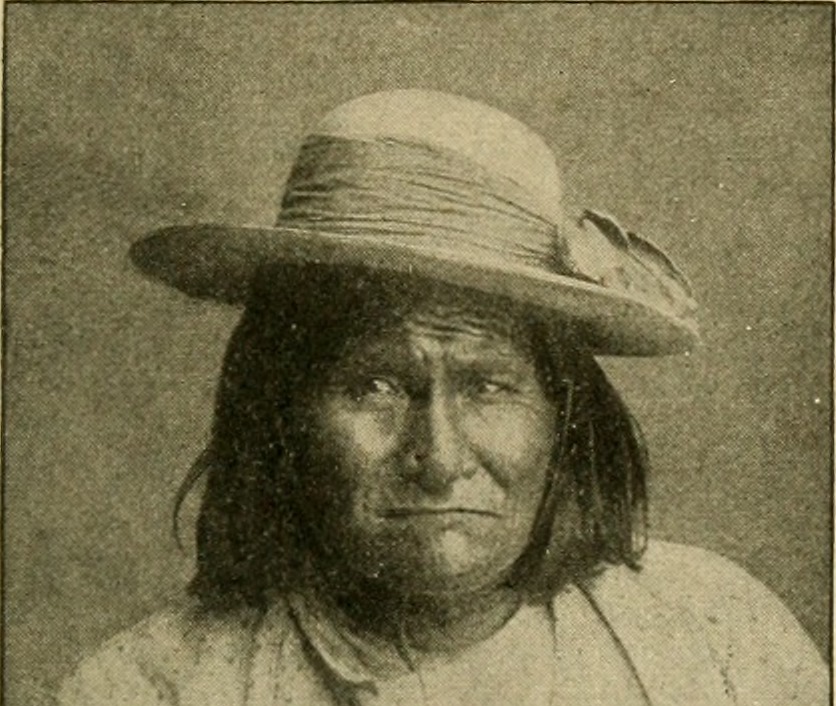
Long before cowboys roamed the area, indigenous peoples had their own explanations for the mysterious phenomena. The Indians called them Alsate’s Ghost, for the Apache chief who had been killed by the Mexicans. There indeed lived an Apache chief named Alsate, who was the son of a Mexican settler, who was kidnapped at a young age and raised among the Mescalero Apaches. Alsate’s father, José Gonzalez, grew up among the Mescalero and eventually married an Apache woman. Their son became a feared and fearless war chief of the Trans-Pecos region of Texas and Mexico.
Those of the local Apache tribes of the area, state the lights and flashes witnessed by people is the “wandering spirit” of the Apache Chief Alsate. According to their account, since his (very real) execution at the hands of Mexican authorities in the 1860s he has wandered the area. The legend suggests that these lights represent his restless spirit, forever patrolling the desert landscape he once called home.
What Witnesses Actually See: Dancing Orbs of Light

Referring to the Marfa Lights View Park east of Marfa, James Bunnell describes Marfa lights as “orbs of light”, which change in intensity and color, which can move or remain stationary, splitting or merging. He describes the lights as being usually yellow-orange, but also occasionally other hues including green, blue, and red. He states that they usually fly above desert vegetation but below mesas in the background.
According to eyewitnesses, the Marfa Lights appear to be roughly the size of basketballs and are varyingly described as white, blue, yellow, red or other colors. Reportedly, the Marfa Lights hover, merge, twinkle, split into two, flicker, float up into the air or dart quickly across Mitchell Flat. The behavior of these lights sets them apart from typical atmospheric phenomena, displaying almost intelligent movement patterns that have puzzled observers for generations.
Scientific Investigations: Separating Fact from Fiction
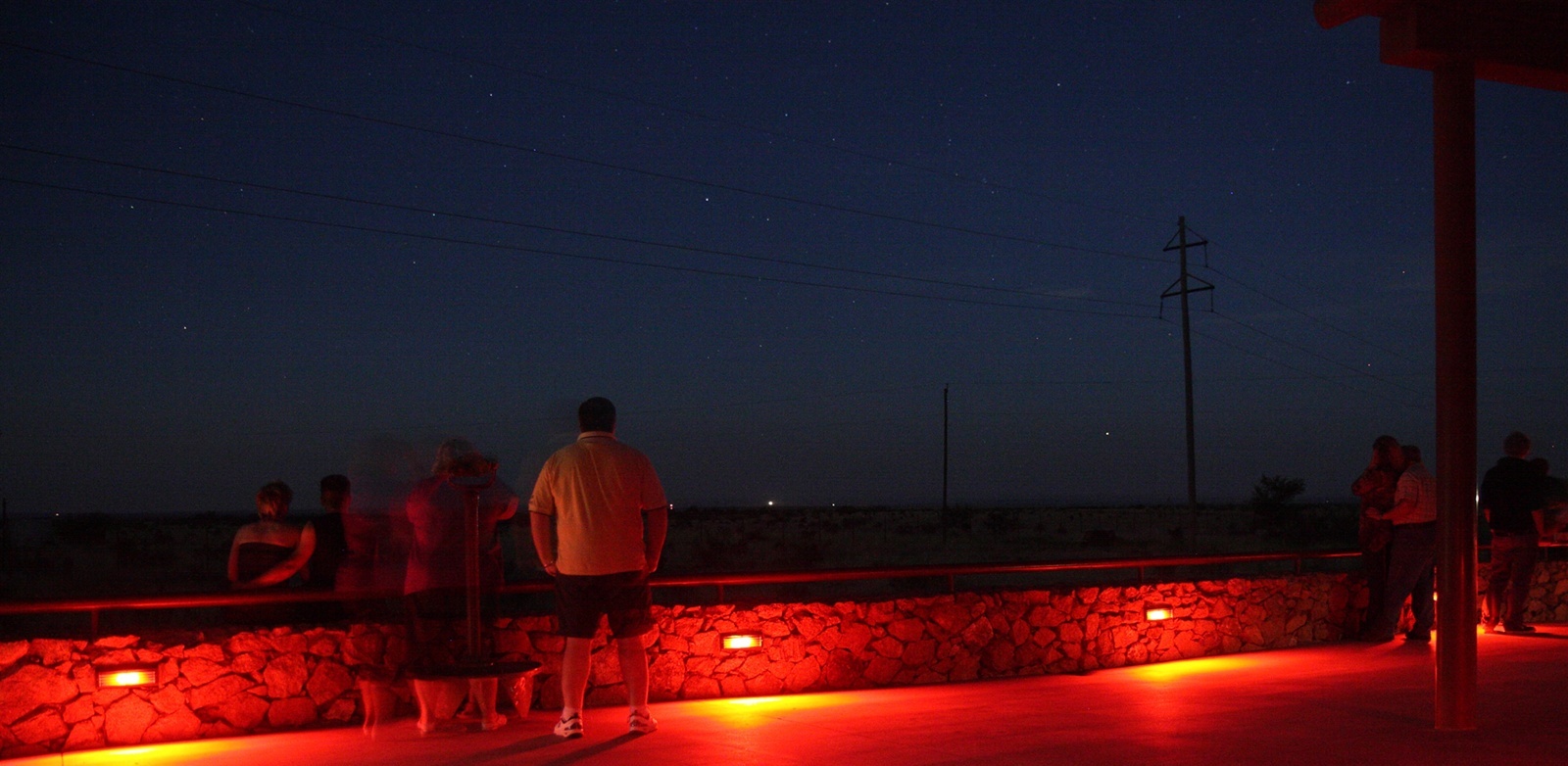
According to his long-term studies, a full 97 percent of what people think are “Marfa Lights” are the result of explainable sources. This finding comes from James Bunnell, a retired aerospace engineer who conducted one of the most extensive studies of the phenomenon. Hunting Marfa Lights reports the results of an eight-year investigation (2001 2009) into mysterious lights seen near Marfa, a small West Texas town. This is, to date, the only long-term, extensive study of these phenomena.
For 20 nights in May 2008, scientists from Texas State University used spectroscopy equipment to observe lights from the Marfa lights viewing station. They recorded a number of lights that “could have been mistaken for lights of unknown origin”, but in each case the movements of the lights and the data from their equipment could be easily explained as automobile headlights or small fires. They concluded that due to the rarity of observation of “genuine” Marfa lights, those with odd behaviour not explainable as car lights, more research was necessary to determine their nature.
The Headlight Theory: A Mundane Explanation
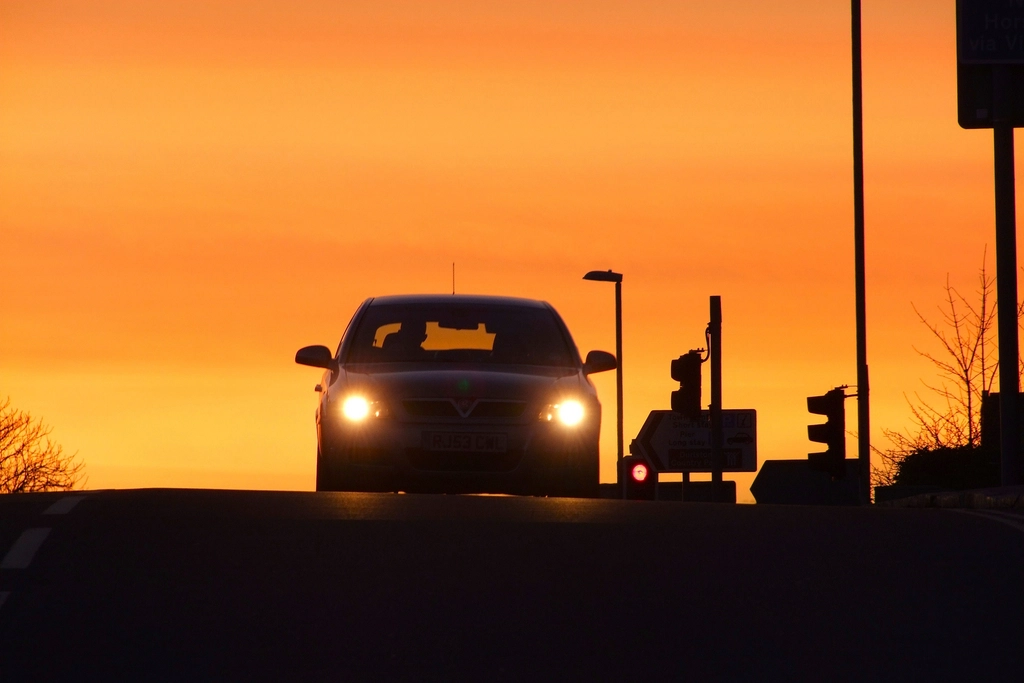
In May 2004 a group from the Society of Physics Students at the University of Texas at Dallas spent four days investigating and recording lights observed southwest of the view park using traffic volume-monitoring equipment, video cameras, binoculars, and chase cars. Their report made the following conclusions: U.S. Highway 67 is visible from the Marfa lights viewing location. The frequency of lights southwest of the view park correlates with the frequency of vehicle traffic on U.S. 67.
This research suggests that many reported sightings are actually distant car headlights, magnified and distorted by atmospheric conditions. Stephan said over months of nightly viewing, he determined the “first kind” can be attributed to car headlights roughly two dozen miles away from the Marfa Lights viewing area. While this explanation covers the majority of sightings, it fails to account for the small percentage of truly anomalous lights that continue to baffle researchers.
Atmospheric Mirages: Nature’s Light Show
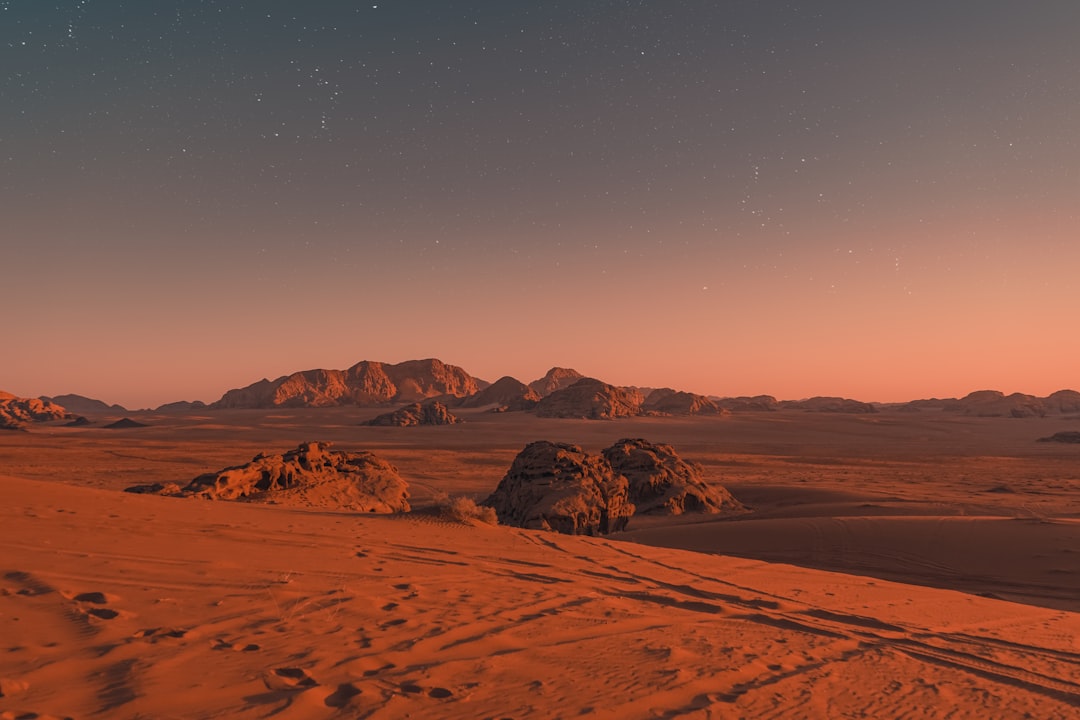
According to Dunning, the likeliest explanation is that the lights are a sort of mirage caused by sharp temperature gradients between cold and warm layers of air. Marfa is at an elevation of 4,685 ft (1,428 m) above sea level, and differences of 40–50 °F (22–28 °C) between daily high and low temperatures are quite common. This dramatic temperature variation creates perfect conditions for atmospheric optical illusions.
Another possible explanation is the refraction of light caused by layers of air at different temperatures. This optical illusion, sometimes called a superior mirage or a “Fata Morgana,” occurs when a layer of calm, warm air rests above a layer of cooler air. Marfa sits at a relatively high elevation, and the surrounding desert experiences drastic temperature fluctuations. This temperature variation can create a phenomenon known as a superior mirage, or Fata Morgana. In such an illusion, light bends as it travels through layers of air with differing temperatures, creating distorted images of distant objects.
Underground Geology: The Piezoelectric Theory
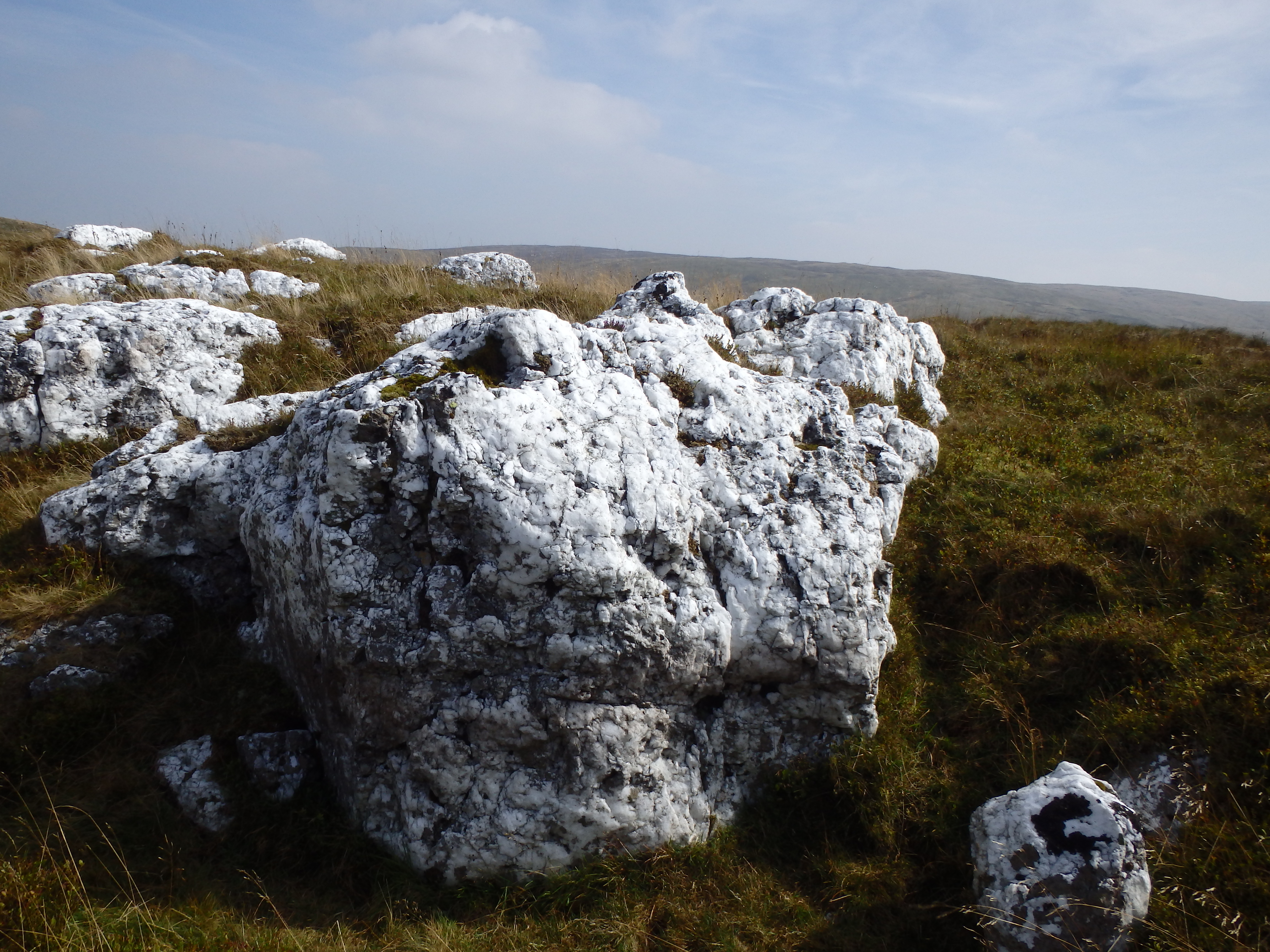
Bunnell believes the Marfa Lights are the result of the igneous rock under Mitchell Flat that creates a piezoelectric charge (i.e., electricity produced under pressure by solid matter such as minerals, crystals or ceramics). This geological explanation suggests that underground pressure and seismic activity could generate electrical discharges visible as lights.
Still others speculate the Marfa Lights may be caused by the same gases that create the glowing lights associated with swamp gas: phosphine (PH3) and methane (CH4). Under certain conditions, these gases can ignite when they contact oxygen. This glowing phenomenon, sometimes called “will-o’-the-wisp,” “ignes fatui” or “fool’s fire,” has been observed around the world, especially in marshy areas where the decay of organic matter can create pockets of phosphine and methane. Though the Marfa Lights are nowhere near a marsh, there are significant reserves of oil, natural gas and other petroleum hydrocarbons in the area, which could include methane in quantities capable of producing an effect similar to that created by swamp gas.
The Tourist Attraction: Embracing the Mystery

The Texas Department of Transportation constructed a roadside parking area nine miles east of Marfa on U.S. Highway 90 for motorists to view the curious phenomenon. The Marfa Mystery Lights Viewing Center was built at that site in 2003. This official recognition transformed the lights from local folklore into a major tourist draw for the region.
Public fascination led to festivals and the construction of viewing centers, including a roadside park with optimal sight lines built in 2003. Today, visitors travel across the country for a chance to observe the phenomenon and join the annual Marfa Lights Festival – a true Texas homecoming. Whatever the cause of the lights, one thing that’s not up for debate is that they attract tourism to the West Texas city of less than 2,000. Boyd is one of many who shares the view that the cause of the Marfa Lights might be better left a mystery. This sentiment reflects a growing appreciation for the unknown in our increasingly explained world.
The Marfa lights remain one of Texas’s most enduring mysteries, continuing to captivate visitors and researchers alike. Whether they’re distant headlights, atmospheric mirages, or something more extraordinary, they’ve become an integral part of West Texas culture and identity. The phenomenon demonstrates our deep human need for mystery and wonder, especially in a desert landscape that already feels otherworldly.
Perhaps the most fascinating aspect isn’t what the lights actually are, but what they represent to different people. To scientists, they’re a puzzle to be solved. To locals, they’re a source of pride and community identity. To visitors, they’re a chance to experience something genuinely unexplained in our modern world. Did you expect such a simple phenomenon to carry so much meaning for so many people?




